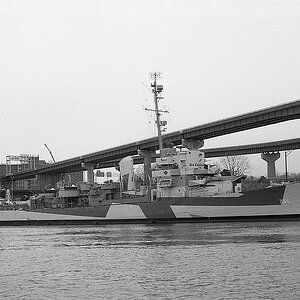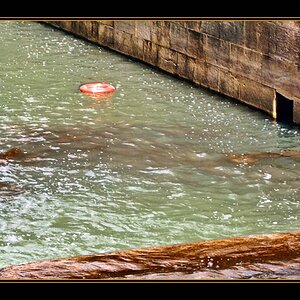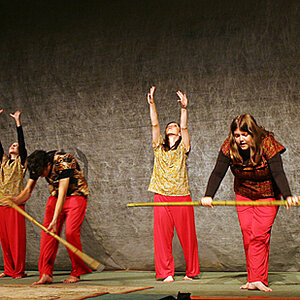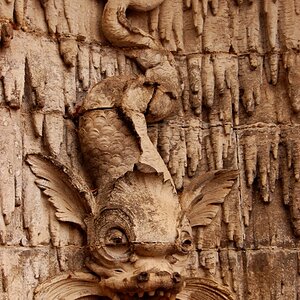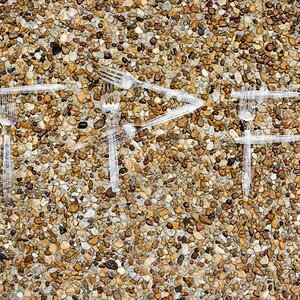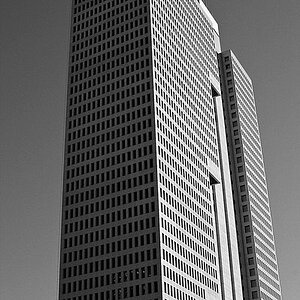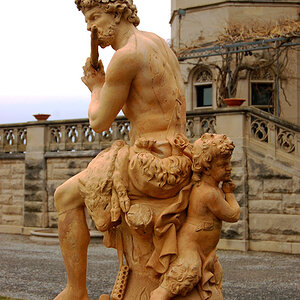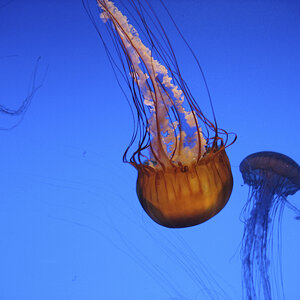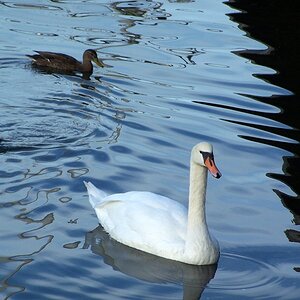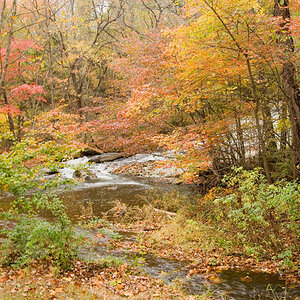- Joined
- Jul 8, 2005
- Messages
- 45,747
- Reaction score
- 14,806
- Location
- Victoria, BC
- Website
- www.johnsphotography.ca
- Can others edit my Photos
- Photos OK to edit
Geezzzz lighten up there Mr. Grumpy-Pants! I've been shooting for quite a few years, and like to think that I'm reasonably handy with a camera and light, but when I come up against a new situation, or something I've not done before, I will almost certainly have a plan in mind, but I'll also damn sure ask some others who might have done something similar for their thoughts.I'm in home building and I'm sure we all prefer that I research how to accomplish tasks instead of taking a chance on your structure with a "whatever, I'm a pro" attitude.
Speak for yourself. I wouldn't hire anyone who had to ask for instructions first.


